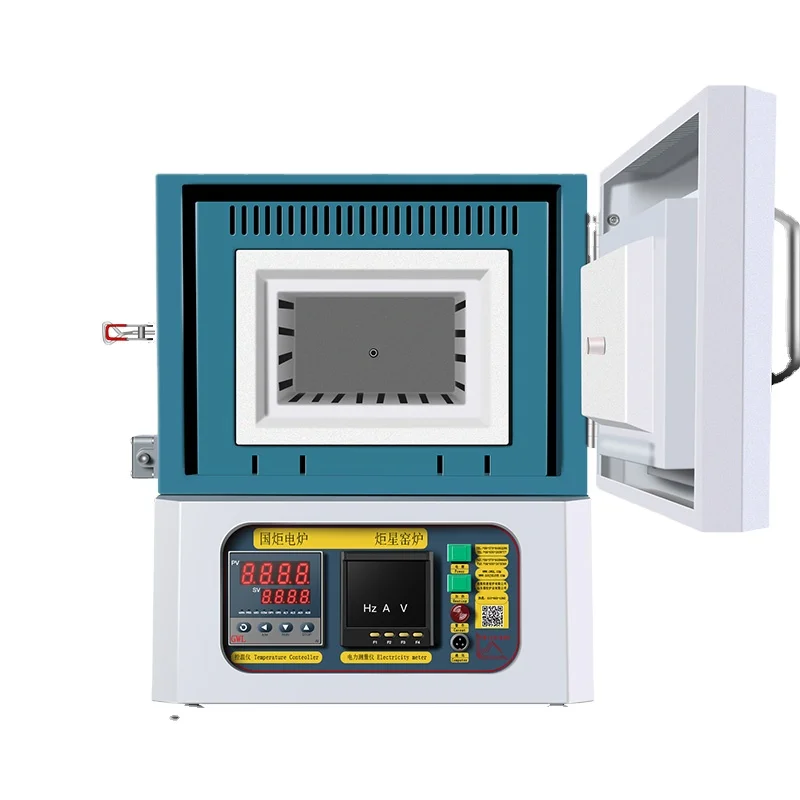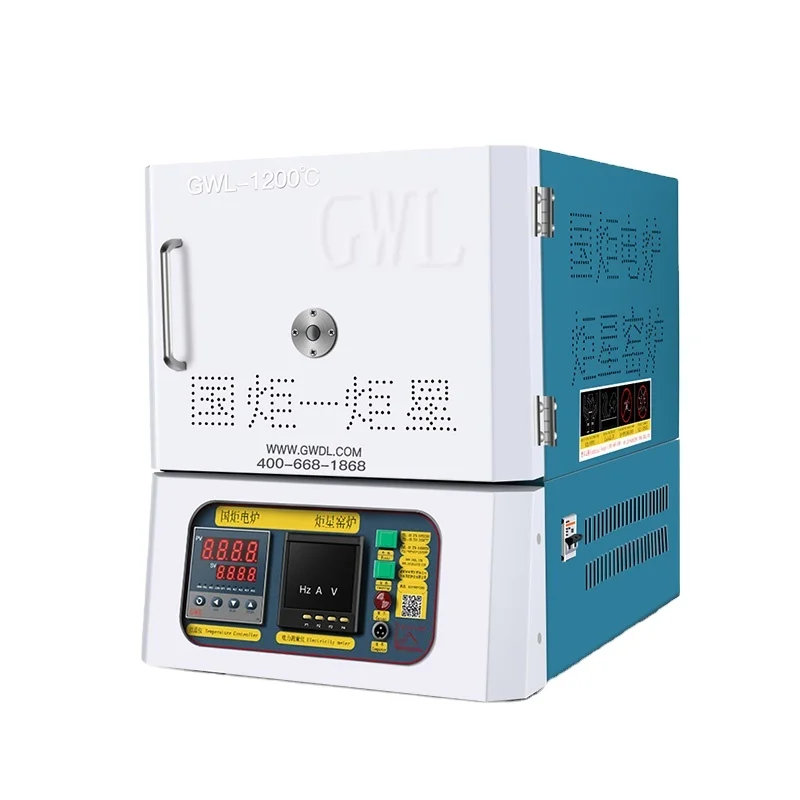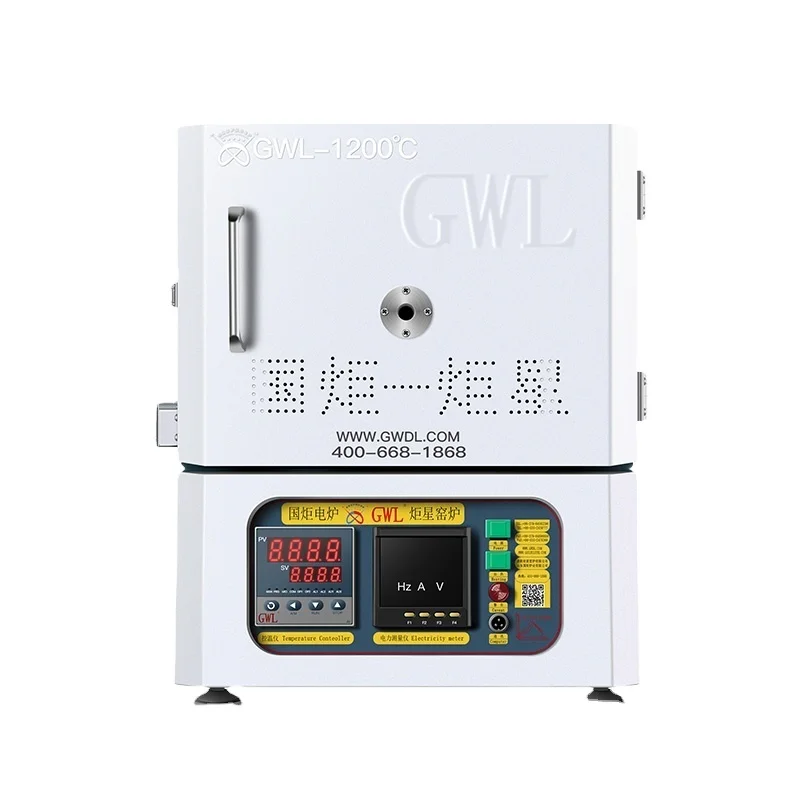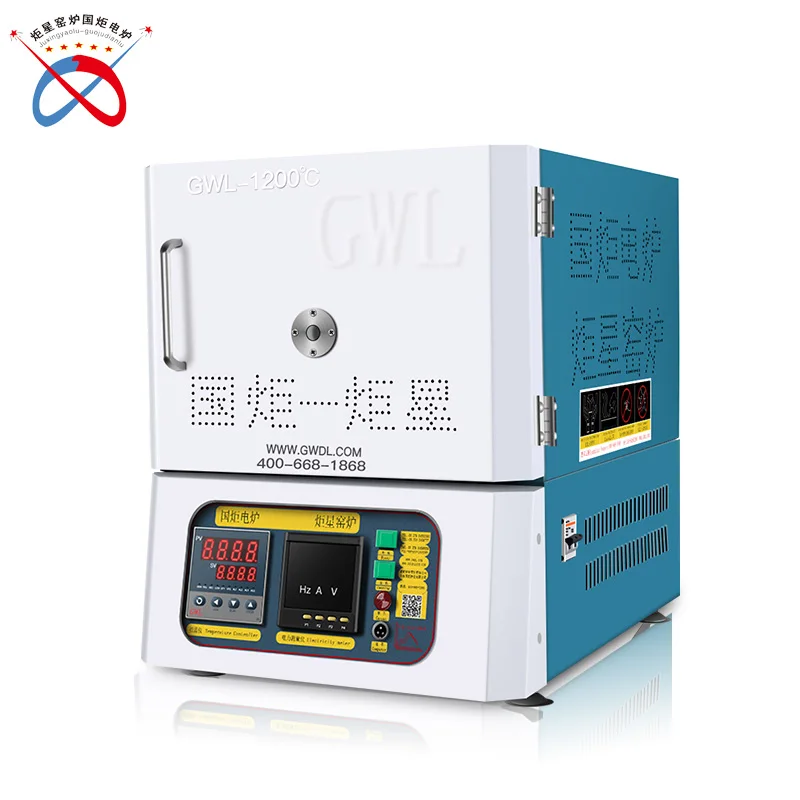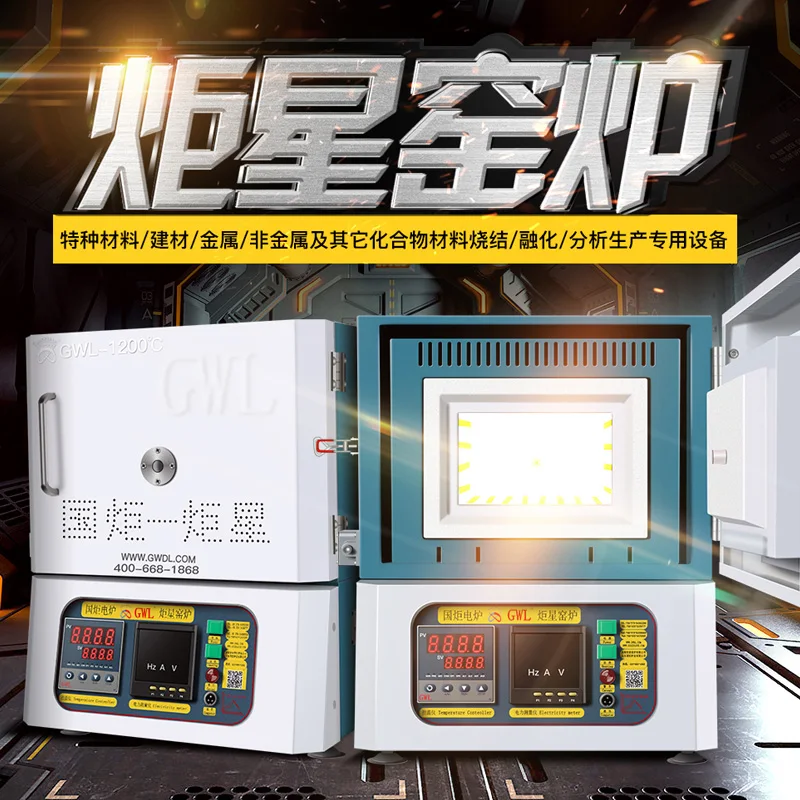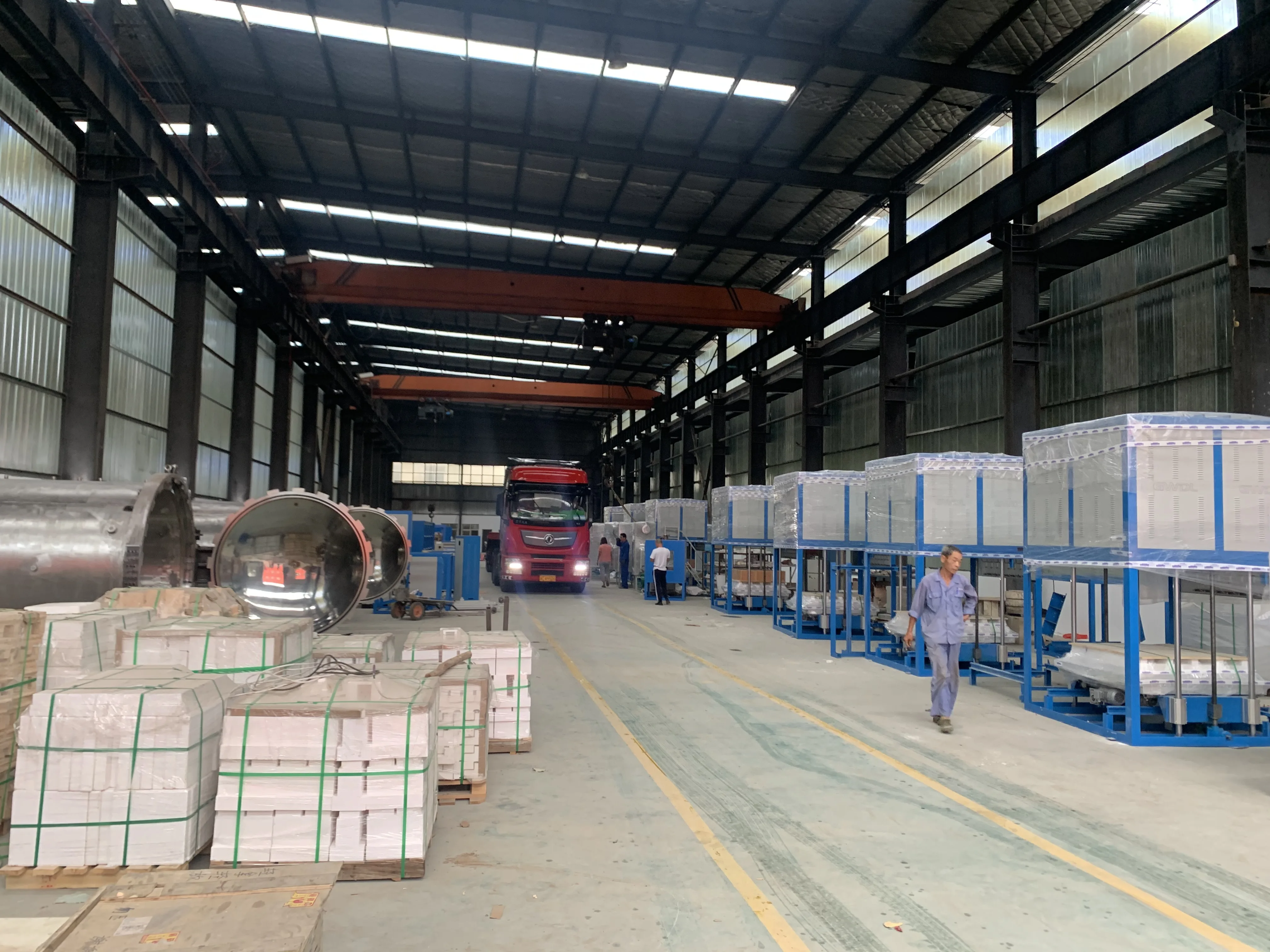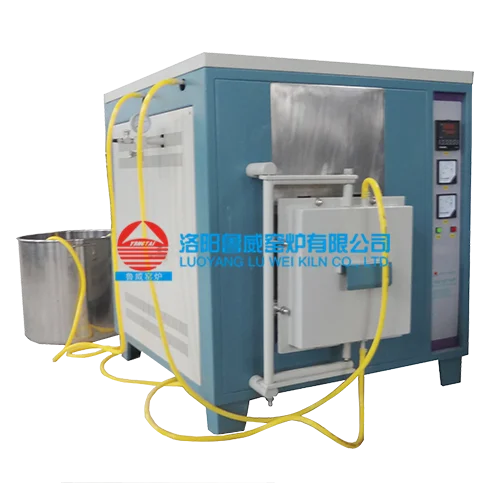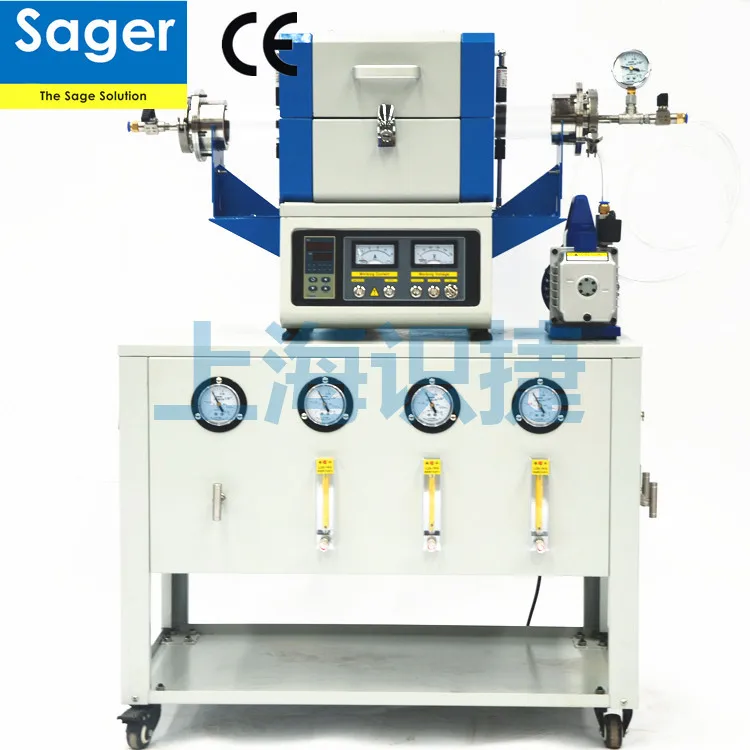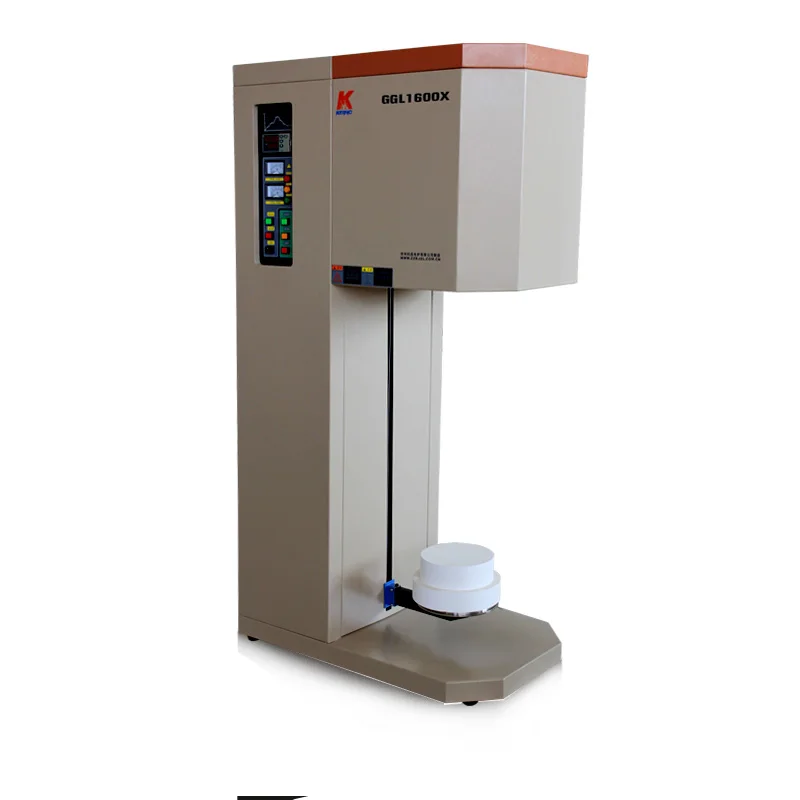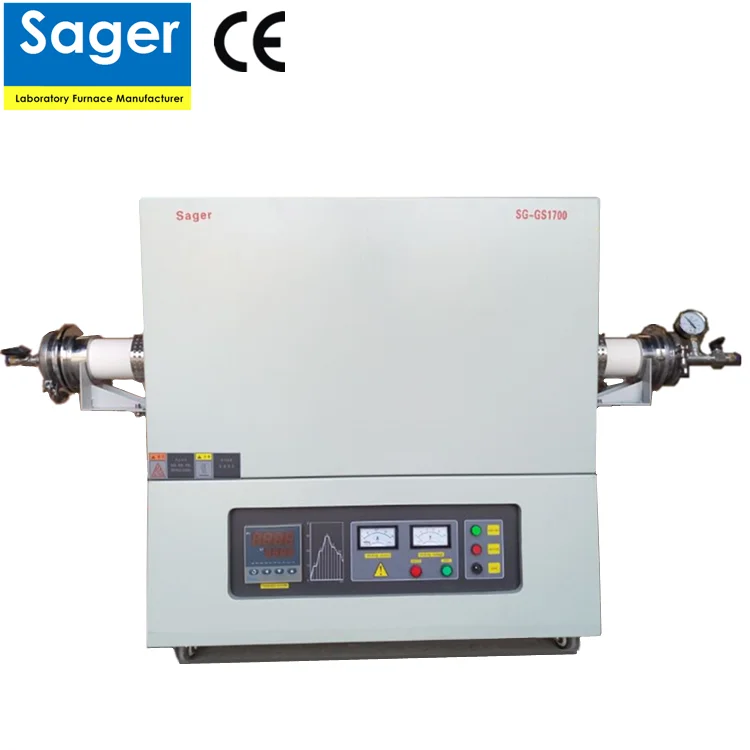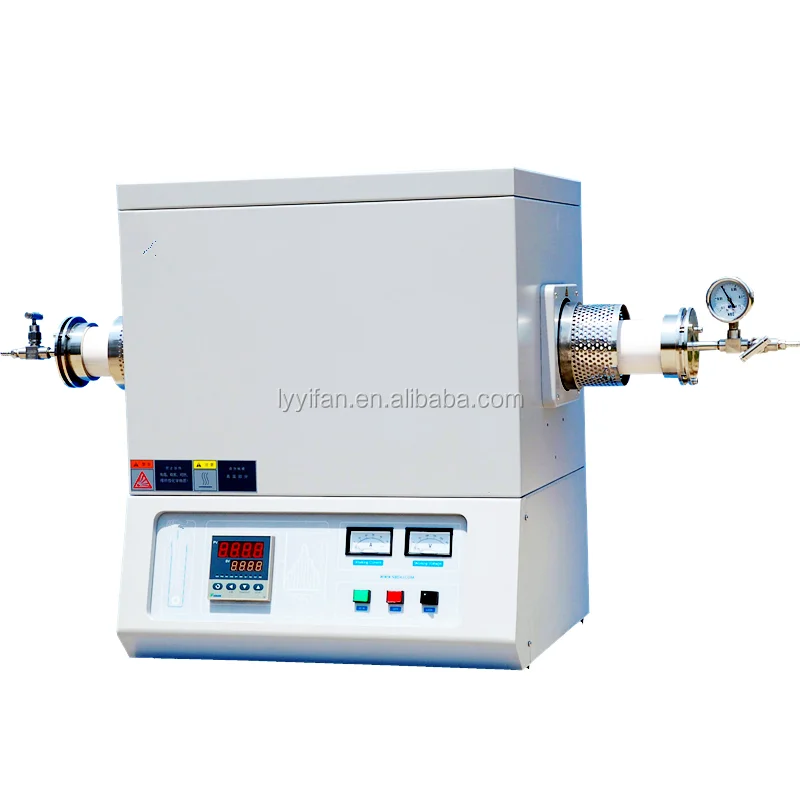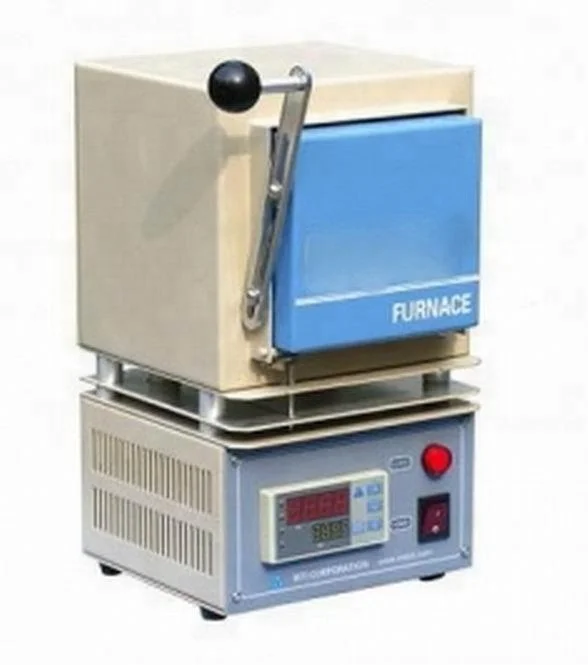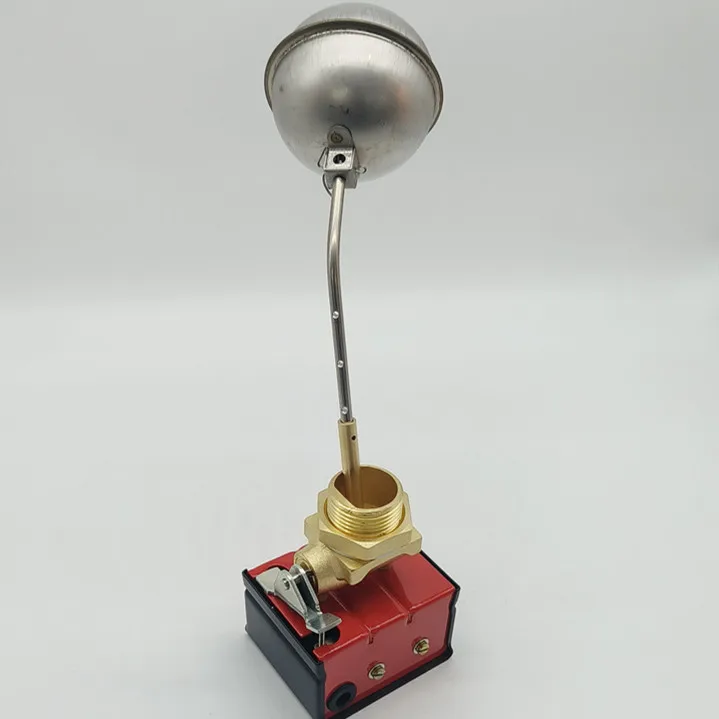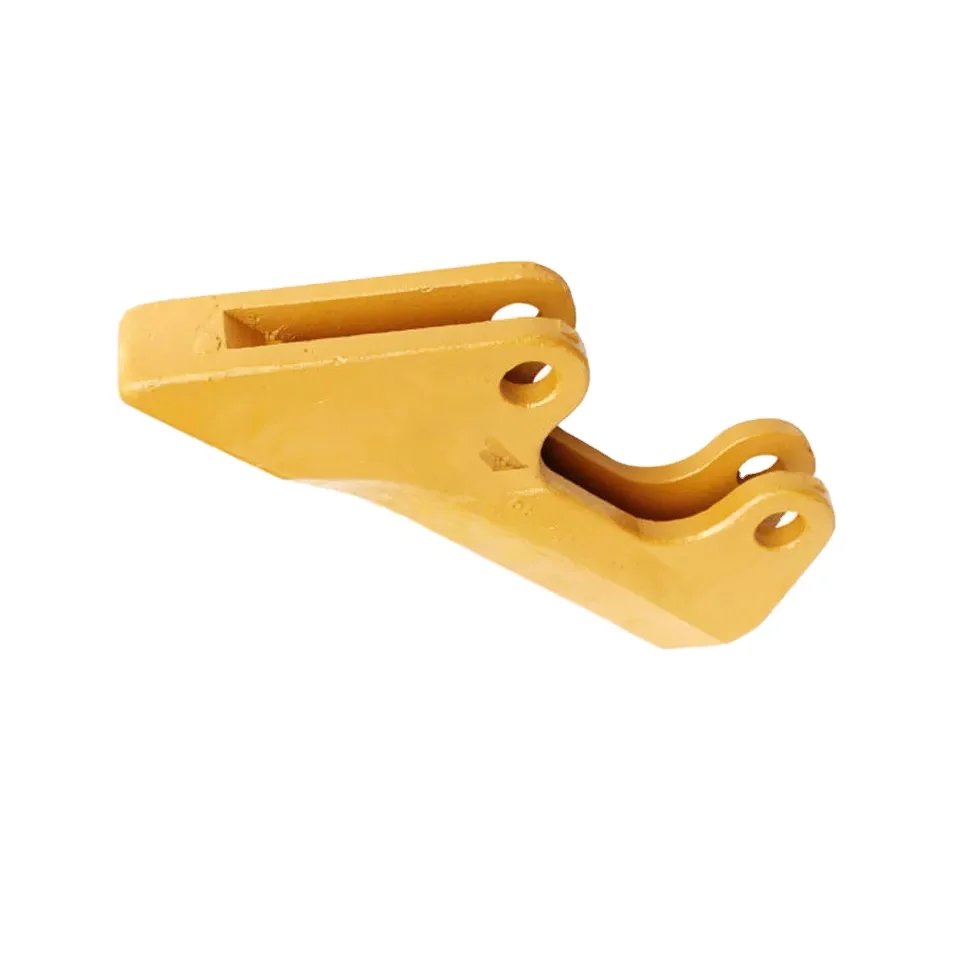Laboratory 1600C Degree Electric Box / Muffle Furnace Price For High Temperature
- Category: >>>
- Supplier: Luoyang Juxing Kiln Co. Ltd.
Share on (1601281718196):
Product Overview
Description

Related Products
FAQ
1. What is a resistance furnace?
A resistance furnace is a device that uses resistive heating elements to heat materials, typically used for melting metals or heating other materials. It is a high-temperature device, typically capable of reaching temperatures in the thousands of degrees.
2. How does a resistance furnace work?
The resistive heating elements in a resistance furnace generate heat, which is transferred to the material being melted or otherwise heated. Heat is transferred to the material through conduction, convection, or radiation, among other methods, causing it to heat up.
3. What are some common application areas for resistance furnaces?
Resistance furnaces are commonly used for melting metals, heating glass, ceramics, and other high-temperature materials, as wellas for processes such as heat treatment and sintering.
4. What safety considerations should be taken into account when using a resistance furnace?
Resistance furnaces are commonly used for melting metals, heating glass, ceramics, and other high-temperature materials, as well as for processes such as heat treatment and sintering.
5. What are some different types of resistance furnaces?
Resistance furnaces can be classified into different types based on the material and shape of the heating element, such as silicon carbide resistance furnaces, tungsten wire resistance furnaces, and platinum-rhodium resistance furnaces. Different types of resistance furnaces differ in heating efficiency, lifespan, and cost.
6. How should a resistance furnace be maintained?
Maintenance of a resistance furnace can help prolong its lifespan and ensure safety. Maintenance includes regular cleaning of the furnace body, replacement of heating elements inside the furnace, checking of electrical circuits, and repairing or replacing damaged components, among other things.
Thanks for your watching, and let us know if you have any comments.
We Recommend
New Arrivals
New products from manufacturers at wholesale prices
